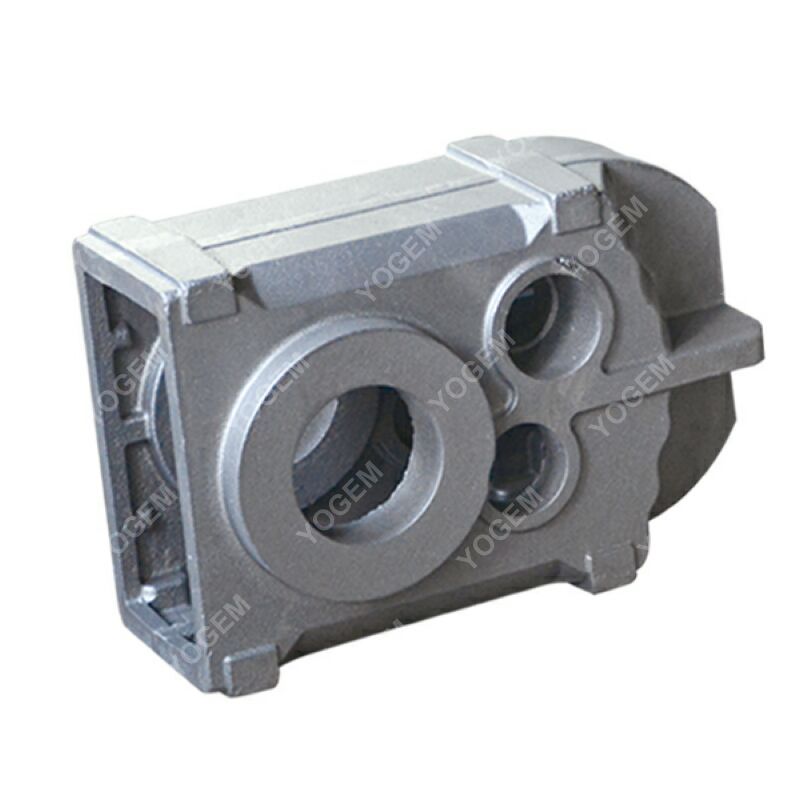Top 5 Advantages of Using Grey Iron Casting for Industrial Parts
In the world of industrial manufacturing, selecting the right material for components is essential for ensuring durability, cost-efficiency, and performance. One material that has stood the test of time is grey iron casting, widely used in various industrial applications. This iron alloy, known for its graphite microstructure, offers significant benefits that make it a popular choice for industries ranging from automotive to heavy machinery. In this article, we will delve into the top five advantages of using grey iron casting for industrial parts, highlighting why this material is highly valued.
1. Superior Vibration Dampening Properties
One of the most prominent features of grey iron casting is its exceptional ability to dampen vibrations. This property stems from the graphite flakes in the material, which are highly effective at absorbing and reducing the transmission of vibrations. This makes grey iron casting ideal for industrial parts that operate under high-vibration conditions, such as machine bases, engine blocks, and other heavy-duty equipment.
By minimizing vibrations, grey iron ensures stability and longevity of machinery, reducing wear and tear and extending the lifespan of mechanical parts. This translates to fewer maintenance requirements and lower operational costs, making it a cost-effective solution for industrial manufacturers.

2. Excellent Machinability and Versatility
Grey iron casting is renowned for its machinability, which allows manufacturers to shape, mold, and machine it with ease. The graphite structure in grey iron reduces tool wear during machining, enabling faster production times without sacrificing quality. This makes grey iron an excellent choice for complex industrial parts that require precision manufacturing.
Moreover, grey iron casting is incredibly versatile in terms of design flexibility. It can be cast into various shapes and sizes, from intricate geometries to large, heavy parts. This versatility allows engineers to customize components for specific applications, ensuring optimal performance in their desired industries.
3. Cost-Effective Production
In industrial manufacturing, cost-efficiency plays a critical role in material selection. One of the key advantages of grey iron casting is its affordable production process. The materials used for grey iron casting—iron, carbon, and silicon—are widely available, contributing to lower raw material costs. Additionally, the casting process itself is straightforward and efficient, requiring minimal post-processing.
Grey iron’s excellent machinability further enhances its cost-effectiveness. Faster machining times result in lower labor costs and higher production output, making grey iron casting a budget-friendly option for industries looking to scale up production without compromising on quality.
4. High Compressive Strength and Durability
Grey iron is known for its impressive compressive strength, which allows it to withstand significant loads and pressure. This makes it particularly suitable for heavy-duty applications, such as automotive components, industrial machinery, and construction equipment. The material’s inherent strength ensures that it can endure high-stress environments without succumbing to cracks or deformation.
Additionally, grey iron casting offers remarkable durability and wear resistance. It maintains its structural integrity even after prolonged use in demanding conditions, making it an ideal choice for parts exposed to constant friction and stress. This long-lasting durability helps industries reduce downtime, minimize replacements, and optimize their operations over the long term.
5. Thermal Conductivity and Heat Resistance
Another important feature of grey iron casting is its thermal conductivity, which enables it to effectively transfer heat. This property is particularly beneficial for applications where heat dissipation is critical, such as in engine blocks and brake rotors. Grey iron’s ability to conduct heat ensures that components remain cool during operation, reducing the risk of overheating and thermal fatigue.
Additionally, grey iron is highly resistant to heat, making it suitable for high-temperature environments. Its resistance to thermal expansion ensures that grey iron components maintain their shape and structural integrity, even under extreme heat conditions. This makes grey iron die casting a preferred material for industries that require components to function in high-temperature environments without compromising performance.
Conclusion
Grey iron casting offers a multitude of advantages that make it an indispensable material for industrial applications. From its vibration-dampening properties to its cost-effective production and durability, grey iron proves to be a reliable, efficient, and versatile material for a wide range of industrial parts. As industries continue to evolve, the demand for grey iron casting is expected to grow, driven by its ability to meet the stringent demands of modern manufacturing.

